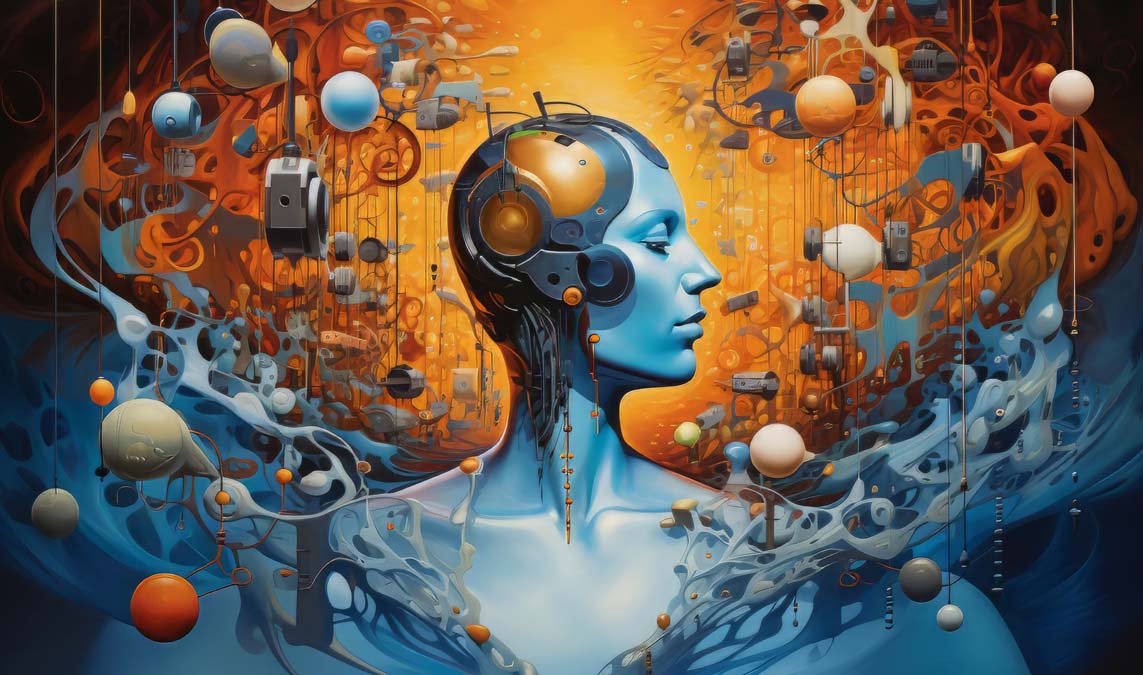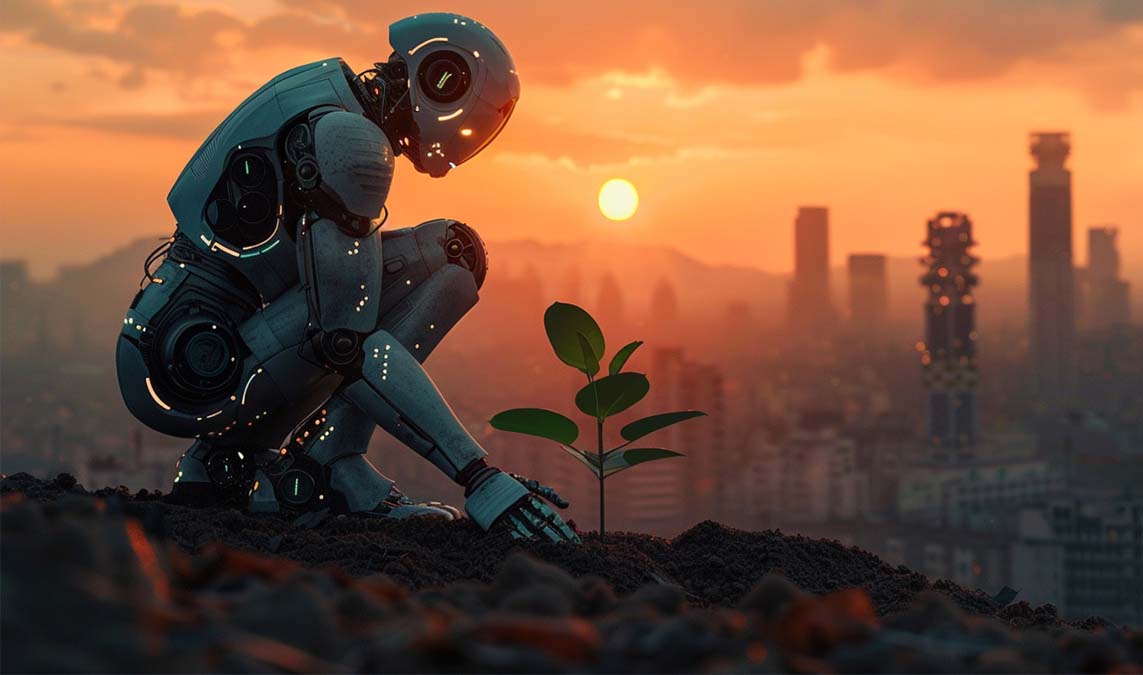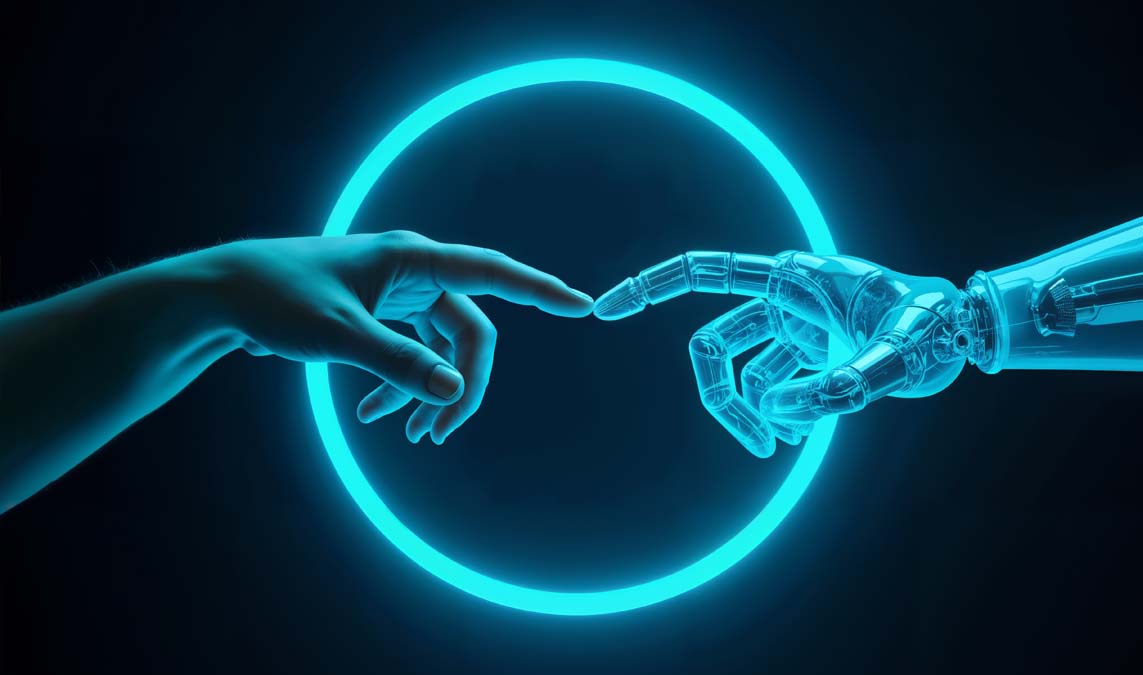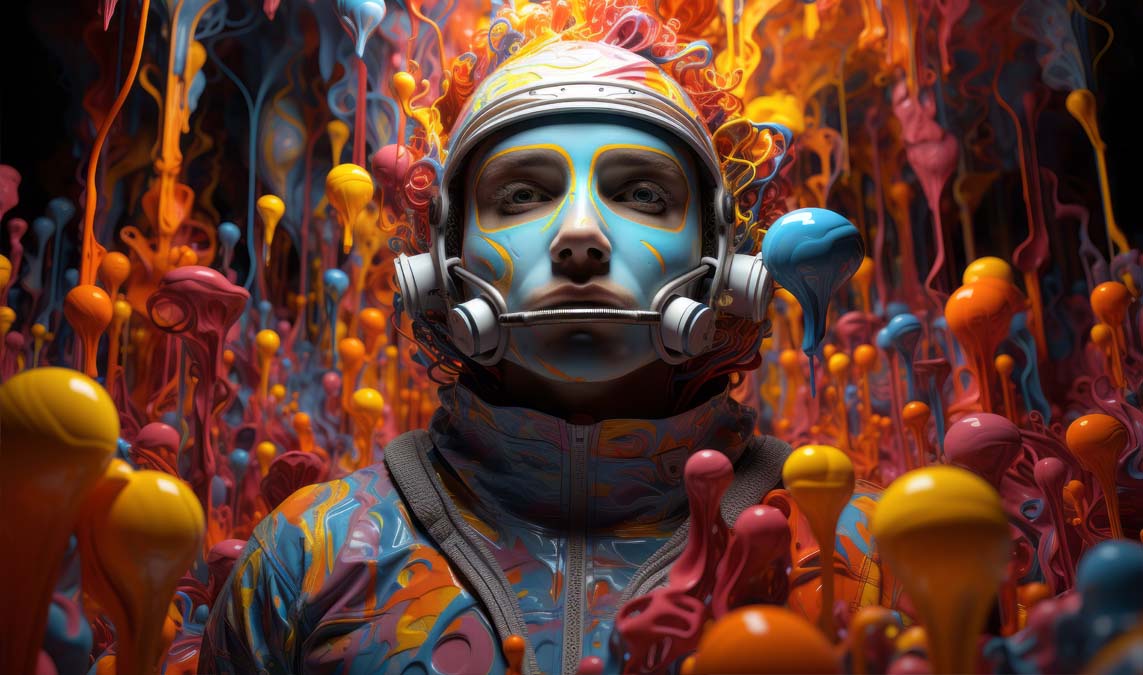The rapid evolution of artificial intelligence has transformed many sectors, including healthcare, education, and finance. However, one of the most profound—and controversial—applications of AI is in the realm of art. The ethics of AI art are increasingly becoming a subject of international debate. As algorithms begin to create music, paintings, poetry, and digital sculptures, questions arise about originality, cultural appropriation, authorship, and ownership. Moreover, in a globally connected world striving for unity and peace, the implications of AI-generated art are far-reaching.
This article examines the ethics of AI art while emphasizing the importance of global collaboration, creative harmony, and peaceful co-existence. Through international cooperation and ethical standards, we can ensure that the creative powers of AI serve not only innovation but also inclusivity and global peace.
What Is AI Art?
AI art refers to artwork created with the assistance—or sometimes full autonomy—of artificial intelligence. These creations often utilize neural networks, generative adversarial networks (GANs), or machine learning models trained on large datasets of human-made art. Tools like DALL·E, Midjourney, and Stable Diffusion have become accessible globally, enabling anyone with an internet connection to produce stunning visuals within seconds.
While the potential is immense, this rise has triggered a series of ethical concerns that can no longer be ignored.
The Core Ethical Dilemmas in AI Art
1. Authorship and Intellectual Property
Who owns a piece of AI-generated art? Is it the person who typed the prompt, the developer who created the algorithm, or no one at all? The ethics of AI art challenge traditional notions of authorship. In many nations, copyright laws are not yet adapted to address AI as a creative entity.
Globally inclusive policies must emerge to clarify rights and avoid future conflicts. It is essential that these policies reflect diverse cultural viewpoints and support marginalized artists who may be most vulnerable to the implications of automation in the creative industry.
2. Data Usage and Consent
AI art generators are trained on datasets that often include copyrighted images without the consent of the original artists. This not only breaches privacy but also undermines creative labor. Ethical data sourcing must become a global priority, ensuring that all artists—regardless of nationality—have control over how their work is used.
Inclusion of fair compensation models and opt-out systems can be a step toward peaceful coexistence between human and machine creators.
3. Cultural Appropriation and Bias
Another key issue is the misuse of culturally significant symbols, practices, or traditions by AI systems that lack the context to understand them. AI can unintentionally perpetuate harmful stereotypes or erase the nuances of cultural expression.
To combat this, international AI developers must work closely with cultural representatives, ensuring that diverse cultures are respected and accurately represented. By doing so, the ethics of AI art can align more closely with peace and mutual understanding.

Global Perspectives and Collaborative Solutions
Bridging Global Gaps Through Dialogue
Open dialogue between countries, institutions, and artists is crucial for developing shared ethical frameworks. Forums hosted by UNESCO, the United Nations, and international AI coalitions can foster cross-border conversations that lead to universal principles of AI art ethics.
By coming together, nations can agree on best practices that prioritize respect, creativity, and equality—values that transcend borders and promote peace.
Ethical Guidelines with Global Impact
Several countries are beginning to release guidelines for ethical AI, though they are often siloed. A unified code of conduct, developed through international cooperation, could be more effective. Such a framework should include:
Transparent data sourcing practices
Clear authorship attribution standards
Human oversight in AI-generated content
Mechanisms to resolve disputes and copyright claims
These measures would not only benefit creators globally but also reinforce peace through mutual respect and shared cultural appreciation.
AI Art as a Tool for Unity and Peace
Despite the ethical dilemmas, AI art holds transformative potential as a tool for unity. When used responsibly, it can:
Amplify underrepresented voices: Artists from remote regions can use AI tools to express their identities on global platforms.
Preserve heritage: AI can recreate lost or damaged cultural artifacts, helping preserve human history for future generations.
Foster intercultural dialogue: Collaborative AI art projects between different nations can promote empathy and understanding.
Indeed, projects like “United Visions”, an AI-generated exhibition showcasing global peace themes, have already demonstrated how AI art can transcend political divides and spark meaningful conversations about unity.
The Role of Education and Awareness
Public education on the ethics of AI art is essential. As consumers, creators, and policymakers engage with AI-generated works, they must be aware of the broader implications. International organizations should invest in workshops, courses, and multilingual resources to educate people from all walks of life.
Additionally, integrating AI ethics into school curriculum can prepare the next generation to wield technology responsibly and compassionately.
A Peaceful Future Through Ethical Innovation
We stand at a critical juncture where technology intersects with tradition, and innovation challenges ethics. However, through inclusive dialogue, global standards, and conscious creativity, we can ensure that AI art becomes a bridge rather than a barrier.
Nations united under a shared ethical vision for AI art can inspire peace, preserve diversity, and unleash a wave of global artistic renaissance. The ethics of AI art are not just about protecting intellectual property—they are about safeguarding humanity’s soul in a digital age.
Conclusion
As artificial intelligence continues to evolve, so too must our ethical frameworks. The ethics of AI art require global collaboration, cultural sensitivity, and peaceful integration of technology into creative life. By aligning AI innovation with universal values, we can unite nations and bring peace through art that transcends boundaries, celebrates diversity, and fosters a shared human future.
Let us move forward not with fear, but with vision—one that blends code with compassion, and creativity with conscience.








Add Comment